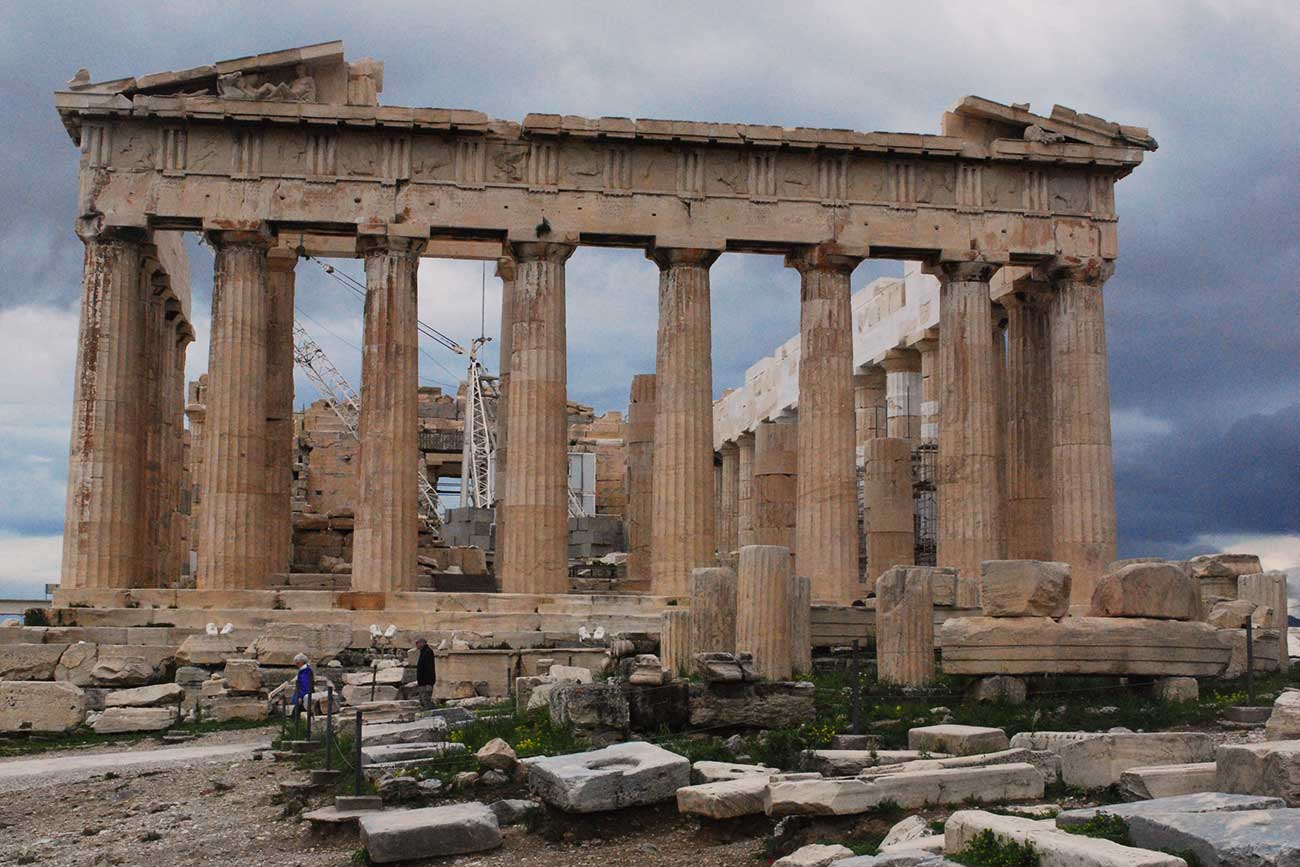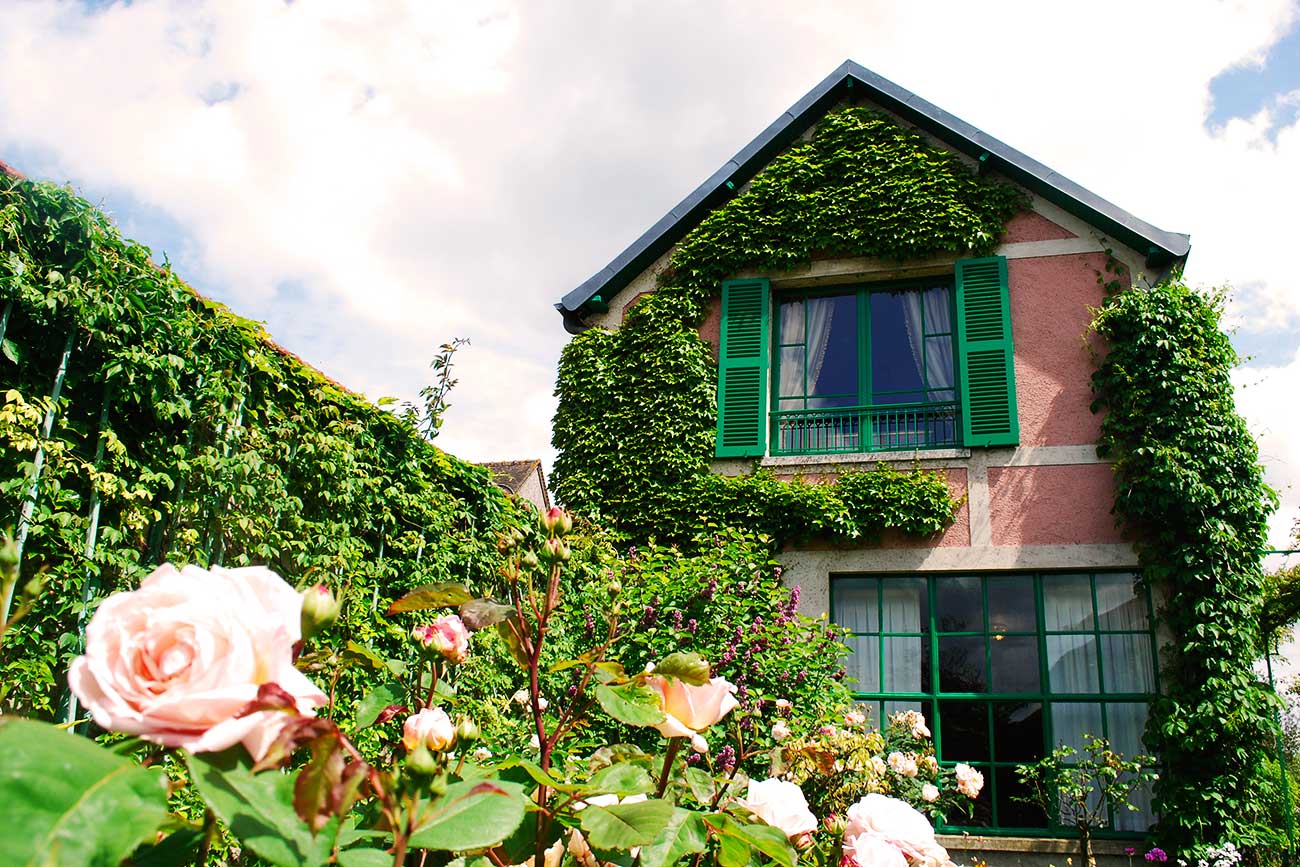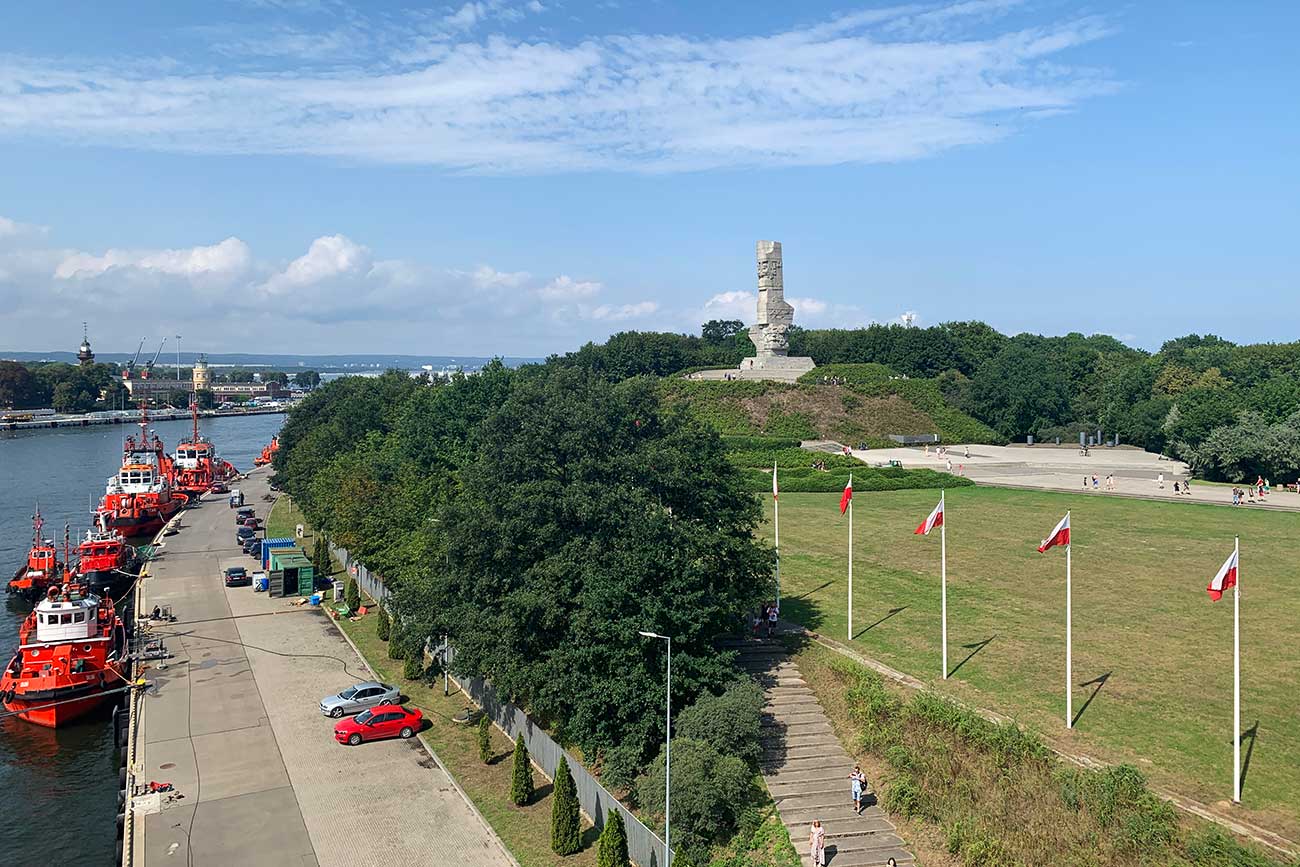 Some people would say that the world as we know it began with the great minds of the old Greeks. Indeed, many of the things we have today, from social to military tactics were spawned from their ideas. And Athens, being one of the world’s oldest cities, stands right in the middle of that discourse.
Some people would say that the world as we know it began with the great minds of the old Greeks. Indeed, many of the things we have today, from social to military tactics were spawned from their ideas. And Athens, being one of the world’s oldest cities, stands right in the middle of that discourse.
Greece’s capital city holds a very powerful draw to anyone even the least bit interested in the world (especially European) history. And almost everywhere you turn here you will see remnants of its glorious past, from the times of powerful gods and heroic mortals, from the birth of democratic thought and the cradle of one of history’s most influential cultures. And of course, who am I to resist?
Past x Present
I really longed to be able to take the Athens tour. At first, I was not sure that I would make it — there were limited slots that a lot of people were vying for. But I made it through, and so I packed my bags hoping to get a good dose of the iconic capital and get a glimpse of its past.

But I was not entirely prepared for the remarkable way in which Athens melds its distant past with its bustling present. The entire city is a melting pot of architectural designs that pits the old with the new. The Plaka neighborhood, for example, contains a lot of the traditional white-washed, red-roofed structures we usually see in Athens postcards. Even the City Hall and the buildings at the National Gardens adhere to the dominant Neoclassical (usually Palladian or Greco-Roman) architecture.
But then again there are examples like the Acropolis Museum, which is just a few hundred meters from the Acropolis itself. An example of modern architecture, it is made mostly of glass and steel even as it houses some of the most priceless artifacts from the sacred hill. There are also modernist and postmodernist examples of buildings.
Getting around Athens on foot was very easy since the city caters to the millions of tourists it hosts every year. In fact, the city’s historic center is also Europe’s largest pedestrian zone, with a 3-kilometer walk that leads directly into archaeological digs!
Of course, you can’t say you’ve even set foot in Athens unless you’ve seen the sights. The sculptures of mythological gods, goddesses, and heroes strewn all around the city are pretty, but they’re nothing compared to the breathtaking beauty of the prime attractions.
Athenian Amazements
Panathenaic Stadium

One of the first monuments I toured was the site of the very first modern Olympic Games — the Panathenaic Stadium, also known as the Kallimarmaro (“beautiful marble”) Stadium. Up to this date, this is the only stadium in the world built entirely of marble!
And not just any marble, too. The rock comes from the heart of Mount Penteli, the same rocks used in the construction of the iconic Parthenon. The stadium can seat 60,000 people, and hosted the opening and closing ceremonies of the 1896 Olympics along with 4 of its games.
But the stadium, made to mimic the design of the ancient Athenian stadiums, had even prior history. It was first built on-site in 330 BC, in place of a racecourse. It was rebuilt into its present marble form in 1444 AD — by then it can already seat 50,000 people. After its abandonment in the succeeding centuries, it was rediscovered in 1869. Today, it holds various ceremonial functions in different national and international sporting events.
Acropolis
Of course, what kind of tourist would I be if I didn’t tour the amazing and historical Acropolis? This sacred citadel towers above the city and hosts some of the most glorious buildings of ancient Greece. Deriving from the Greek word “Akron” meaning “highest point”, the hill stands around 150 meters high and has an area of around 3 hectares.
Settled as far back as the 4th millennium BC, the Acropolis teems with architectural, cultural, historical, and military importance. Today, aside from its plethora of tourist spots, the rock also provides some of the most amazing panoramic views of the great Greek city.
The Parthenon

Perhaps the most majestic of all the Greek buildings — past or present — anywhere, the Parthenon’s beauty still resounds even in its ruined state. Dedicated to the goddess Athena (from which the city got its name) and completed in 438 BC, the monument stood the test of time as one of the finest examples of Greek art and architecture.
The Parthenon was originally constructed as a thanksgiving to the city’s patron goddess for the Greek victory over the attacking Persian hordes. Today, it is still the most perfect and intriguing building in the world. Why people have been studying it for years and could not even come up with a conclusive account of how the ancients built it! The building is like an immense jigsaw puzzle, with pieces that are cut and hewn specifically for its use. Each column, each beam, is unique.
The whole building is like one immense illusion, too — there’s hardly a straight line in the whole structure! The ancient Athenians understood that perfectly straight lines would not look straight once placed in this structure, so they adjusted to the mechanics of the site and human vision. It’s an unsurpassable work, and you can still see the rigorous restoration attempts trying to make sense of it. We might still see those steel braces for the next few decades, as the Parthenon still has a lot of secrets left to discover.
The Herodion
Also known by its full name, “The Odeon of Herodes Atticus”, this is an ancient theater that is still considered to be among the best in the world! It was the third such amphitheater and was supposedly began around 174 BC. The structure can seat more than 6,000 people and was restored with Mount Penteli marble back in the 50s. The building still has such an outstanding aesthetic and acoustic quality that it still tops even modern theaters! The open-air theater is a marvelous experience.
The Temple of Athena Nike
Completed in 420 BC, this small (in comparison with other Acropolis structures) temple was originally dedicated to ancient deities concerning war and victory. Despite its small size, its elaborate carvings and majestic architecture do not fail to impress. Over the centuries of its use, it became another monument dedicated to Athena, in her manifestation as “wingless victory” — an identity originally contrived to make sure victory does not take flight and leave the capital!
This is another temple that was meant to house wooden icons of Athena. Completed in 406 BC, it was named after the mythical Athenian king Erechtheus. It is one of the most underestimated structures in the Acropolis, but it cannot be missed due to its prominent position and its amazing architecture — six female figures (“Caryatids”) serve as the columns on its porch. The site is also host to the mythical olive tree that was said to be Athena’s gift to the people as she vied against Poseidon for the city’s patronage.
Erechtheum
Of course, most of these sites are now stripped of their artifacts, which had been taken down to the Acropolis Museum to keep them safe from the elements. There will also be lots of reminders of modern times, such as steel braces and materials used for the restoration attempts. But despite everything, it cannot be denied that even after a millennia, Athens and its Acropolis stands as a powerful force in world history.
While Athens has lost its modern-day influence, it is here that we will always look back as we revisit our past and seek wisdom from the ancients. Indeed, here we have an example of a city that strived for perfection even before the idea pervaded the world!























1 comments On Touring Athens: Back to Where It All Began
Iyan ang gusto kong puntahan